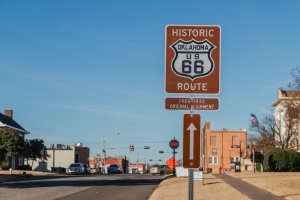Ancient Burial Box Linked to Priest Who Played Part in Christ's Crucifixion
Scientists at a university in Israel believe they have discovered an ancient burial box belonging to the family of the high priest who played a part in the crucifixion of Jesus as described in the Bible.
The burial box, or ossuary, was recovered from looters three years ago by the Israel Antiquities Authority.
On close examination the ossuary was found to have a rare inscription mentioning the names "Miriam," "Yeshua," and "Caiaphus."
Once the inscription was authenticated, archaeologists were astounded by what they had found.
According to researchers, the Caiaphus mentioned in the carved-in inscription may very well be the same Caiaphas noted in the Gospels.
In Matthew 26:57-68, readers are told that after his arrest, Jesus was taken to "Caiaphas, the high priest" who questioned him about his divinity.
The full inscription on the ossuary reads: "Miriam daughter of Yeshua son of Caiaphus, priest of Maaziah from Beth Imri."
Maaziah is a clan name connected to an order of high priests who lived between the first century BCE and the first century AD, according to Yuval Goren, an archaeology professor from Tel Aviv University brought in to help authenticate the ossuary.
"Beyond any reasonable doubt, the inscription is authentic," Goren said in a press release from the university.
Researchers also believed that Beit Imri, if not the name of another priestly order, may actually be a reference to where Caiaphus' family lived before they migrated to Galilee.
If Beit Imri is indeed a geographical location, it was likely situated on the slopes of Mount Hebron.
The limestone burial box and its skeletal remains were likely recovered from the Valley of Elah, near Jerusalem, which is the same setting of the epic battle between a young David and the giant Goliath.
Most burial boxes of this kind were usually unmarked or simply offered the name of the deceased, so researchers having one on their hands that provides information about three generations of a single family was extraordinary, Goren said.
Other ossuaries have been discovered in the past, but have usually been found to have fake inscriptions.



























